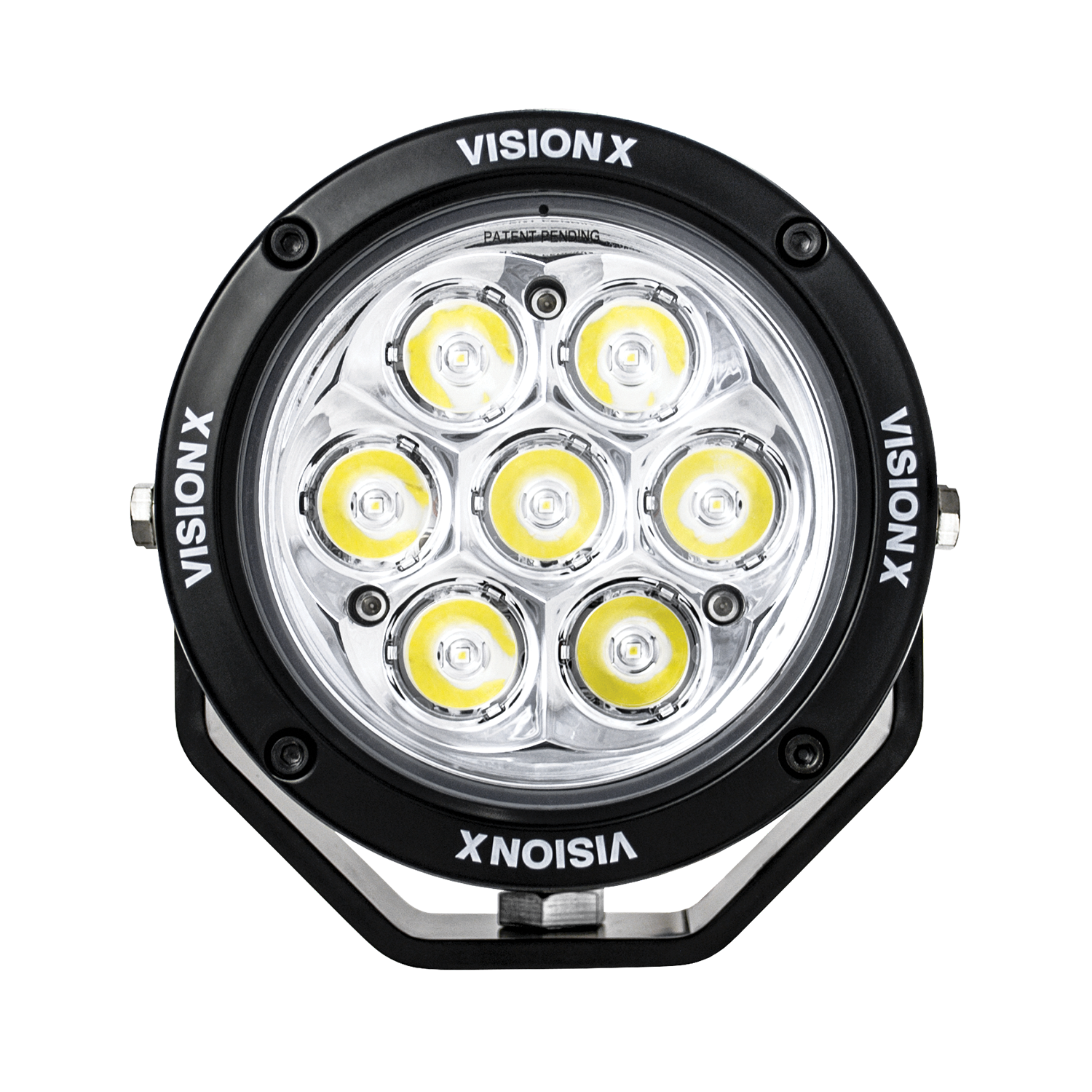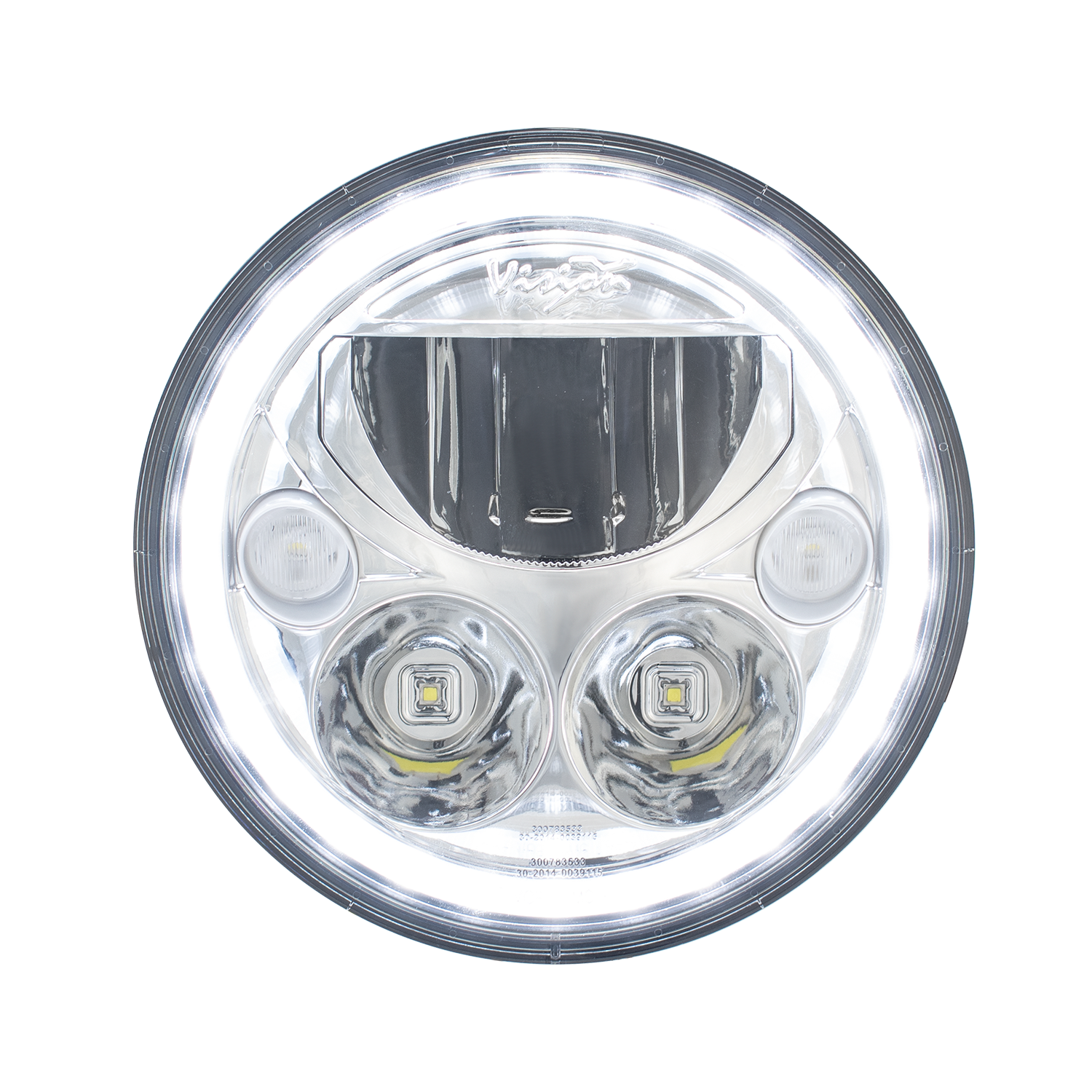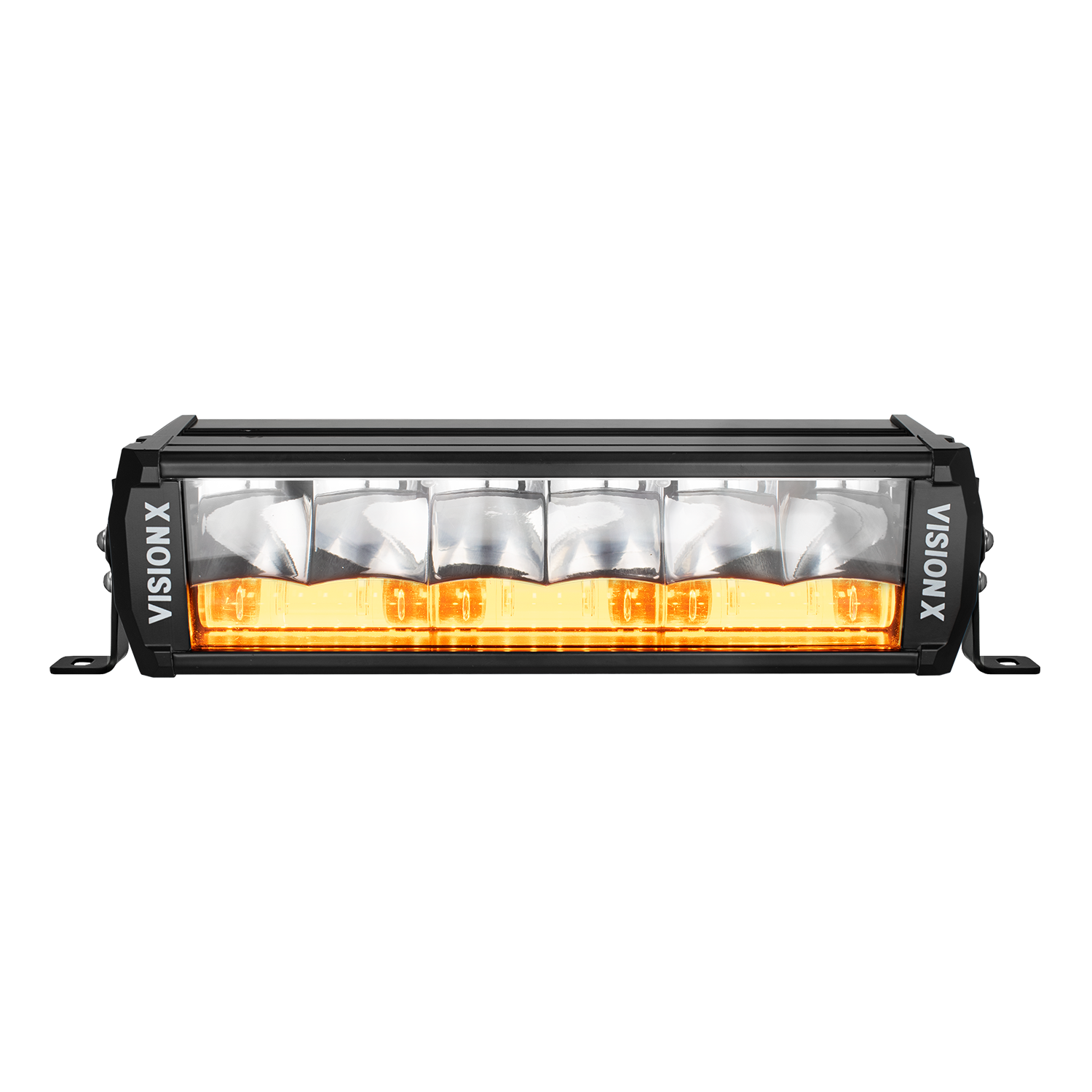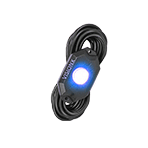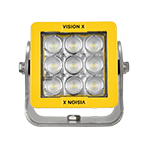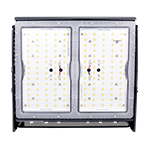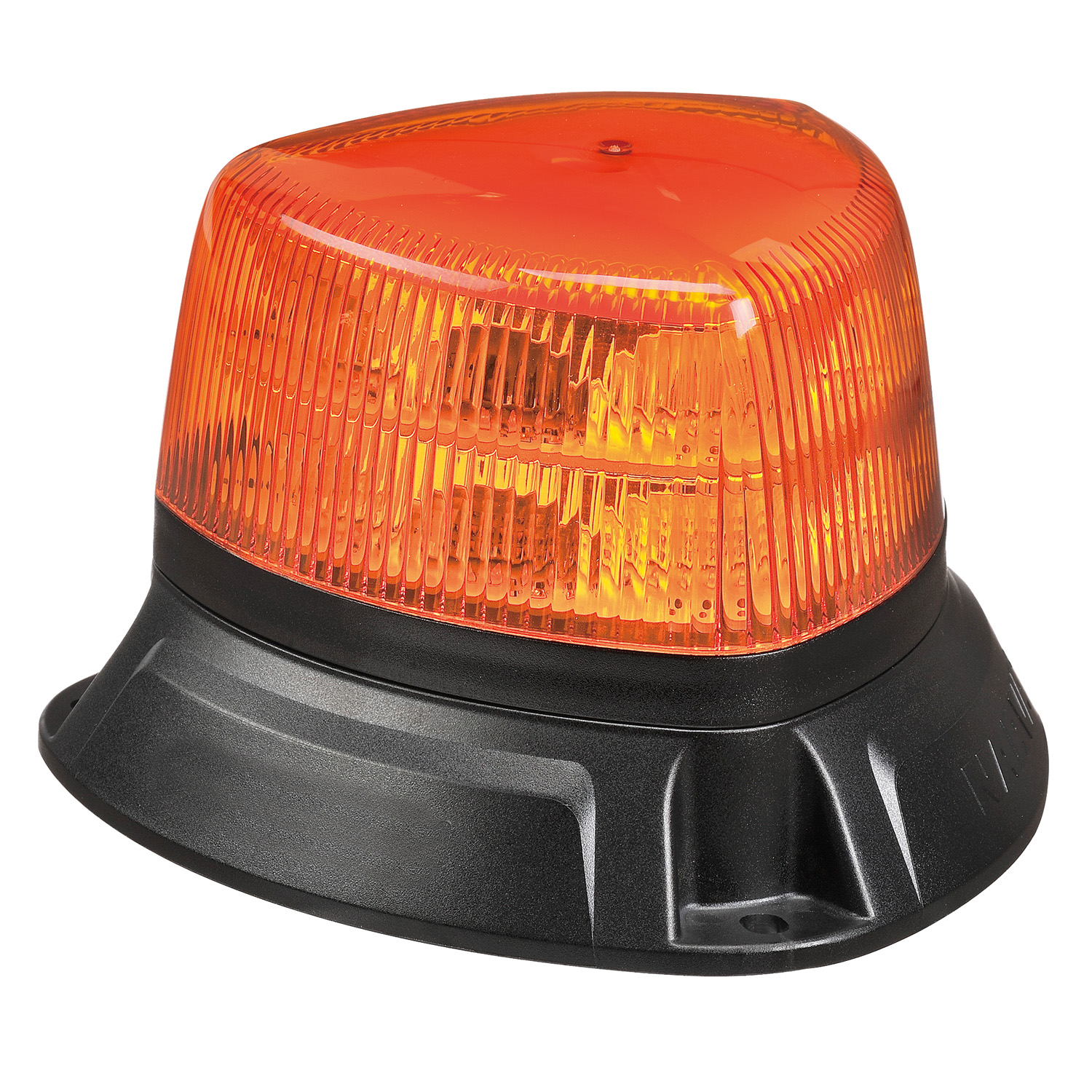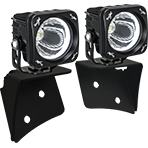Effective Lumens
Traditionally lights are advertised by their Raw output, which uses the LED manufactures’ quoted maximum lumen output times the number of LEDs in the fixture. For example the new Xtreme products have LEDs rated at 493 lumens by the manufacturer so in a specific Low Pro Xtreme, the XIL-LPX310 there are 3 LEDs.
The formula would show as: (3 LEDs) * (493 lumens each) = 1,479 lumen raw output
What is important to remember however that this “raw” output is not what you end up seeing when turning on the light. What you should be measuring is the effective output. Effective output is the measure of Luminous Flux and is also measured in lumens. Effective output or luminous flux is the total amount of light actually produced by a fixture, this takes into account things like of optical clarity and electrical efficiency losses.
Lux and Footcandles
Now that you know the term effective lumen which measures the actual light coming out of a fixture it is nice to know terms like lux or footcandles which are used when measuring the luminance of a specific area.
Lux (lx) is the amount of light in a square meter
Footcandle (fc) is the amount of lights in a square foot
If you use the conversion 1 footcandle is equal to 10.76391 lux these measurements can be used interchangeably.
You may have also heard the term Candlepower a term that proceeded the use of candela but was abandoned in the 1950’s. A candela is similar to a lux, but measures the amount of light of an angle. We went over that lux is the amount of lumens per square meter. A candela to compare, is the amount lumens per steradian (a unit of measure for a solid angle)
Light Output Efficiency
With LED lights there are three factors that cause the effective output to differ from the Raw output:
- Electrical Efficiency: How much light is lost because of the way the circuitry is designed and how much forward voltage is applied to the LED. What the LED is driven at.
- Optic Efficiency: How much light is lost due to putting the light through an optic.
- Thermal Efficiency: How much light is lost due to excessive heat in the LED. The hotter the LED, the less light produced.
For HID lights the factors:
- Electrical Efficiency: How much light is lost because of how the starter and ballast operate. How much power is sent to the bulb.
- Reflector Lens Efficiency: How much light is lost in the reflector and lens, any light that does not go where to want is considered lost.
Thermal Efficiency: Heat isn’t a large factor in effective output, but plays a larger role in how long the light will last.
For Halogen lights the factors are similar to HID:
- Design Efficiency: How well made is the particular run of bulbs versus the manufacture’s specifications. Halogen bulbs also produce different amounts of lights depending on the voltage and amperage available.
- Reflector Lens Efficiency: How much light is lost in the reflector and lens, any light that does not go where to want is considered lost.
Thermal Efficiency: Heat isn’t a large factor in effective output, but plays a larger role in how long the light will last.

 Automotive Offroad Lighting
Automotive Offroad Lighting




